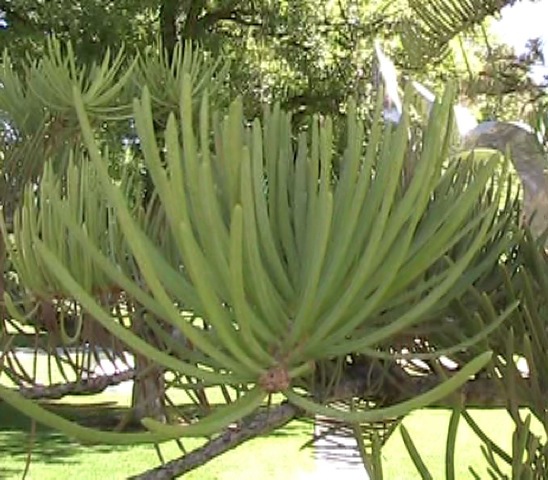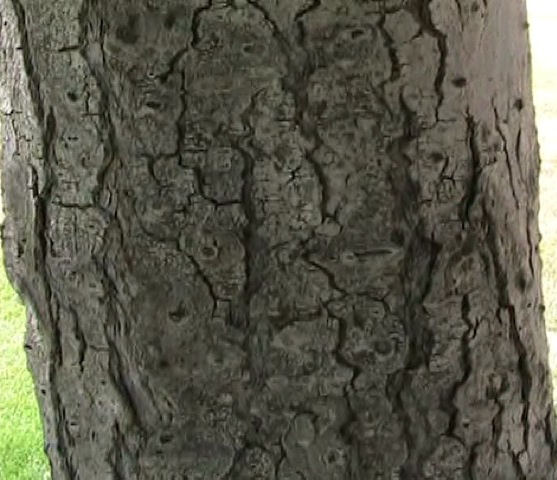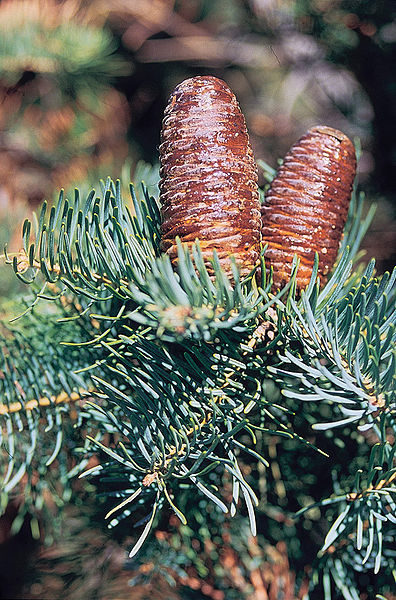| PSC 2620: Woody Trees and Shrub | Course Home | Week 13 |
Abies concolor - White Fir
Plant Viewer
 |
 |
| The light green needles are 1 1/2 - 2 1/2 inches long and cure upwards on the stem. | The bark is gray-brown and forms in plates with furrows in between. |
 |
|
| Purplish-brown cones have a layered appearance and are cylindrical in shape. Image: D. E. Herman, USDA. |
Plant Description
Abies concolor, or White Fir, is a medium to large coniferous evergreen tree, growing 30-50 feet high and 15-30 feet wide. It has a strong upright pyramidal form with a dense branching habit. The newer branches on the top of the tree arch upward, while the bottom branches are held parallel to the ground. It prefers well-drained soil with regular moisture. It is tolerant of most soils (except heavy clay) and conditions and is somewhat drought tolerant.
The furrowed bark is gray-brown in color and forms in plates. Young bark is smooth and has small blisters filled with fragrant sap. First year growth is light green and slightly pubescent, but turns more of the typical gray color by the second year. The foliage is composed 1 1/2 - 2 1/2 inch long needles that curve upwards and are oriented towards the end of the stem. They are glabrous and flattened, with a rounded tip.
The cones are cylindrical, tapering to a bluntly rounded tip. They have layers giving them the appearance of a traditional beehive. They are light green in color before turning a purplish-brown color. They are 3-6 inches long and often exude resin.
Landscape Use
White Fir is an underused tree in the landscape that can provide both a good form and green color year round. It is exceptional for use as an accent tree in the landscape, or in layered wind break.
Points of Interest
Deer will browse on the tree during winter and can cause serious ornamental damage to young trees. Other than that there are no serious diseases or pests that threaten the tree.